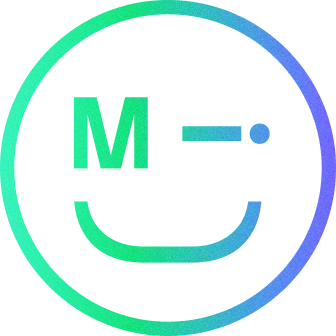A design sprint is typically a five-day workshop process to discover challenges and opportunities for a product or service. It’s an intense but highly productive process that gathers together project stakeholders and real users to explore all types of ideas. The purpose is to get from an idea to a validated prototype in the duration of the sprint.
It is a rapid way to test ideas with the market at a fraction of the time and cost that a traditional product cycle and development process would take.
Facebook, Apple, Google, and Airbnb all use design sprints to develop their ideas. Below are some of the products and services that have been delivered with Sprints:
- Slack: Used design sprints to figure out the best way to communicate what Slack was, taking it from an internal tool for gaming to the collaboration hub that connects millions of people around the world.
- Headspace: Developed a child-focused product in just three days, and worked with Google to set out and create a vision for this new product.
- Google: Redesigned their hiring process in three days. This is different from traditional sprints as it focused on creating consensus around the hiring experience and process not a product.
What kind of problems can be solved?
Setting up a design sprint involves commitment from key stakeholders. This can be difficult to achieve so you need to ensure you have picked the right question to answer. Some of the types of things that could be answered include:
- Big questions: answers are the primary output for a design sprint not the prototypes so use your time to get together and answer those big questions
- Problems that require internal alignment: design sprints look to get buy-in from the right stakeholders early in the process, they save time and align the team by taking them through the process
- Critical strategic decisions: decisions that could traditionally take years to make can be solved with confidence, very quickly.
The typical process for a design sprint is as follows
- Preparation
- Day one: Definition – Define objectives for the activity, what problem are you trying to solve?
- Day two: Conceptualisation – Rapid sketching of potential solutions
- Day three: Prioritisation and user journey mapping – Decide on your solution to test
- Day four: Prototype development – Bringing your idea to life
- Day five: Validation – Testing your product or service
- Reporting
Who should be involved?
You need to have specific roles from the organisations included in the sprint. You absolutely need to have the decision maker in the room, if you don’t have that person you run the risk of any ideas generated being discredited at a later date.
You will also need representatives from other areas such as: Marketing, Finance and Customer support. Having prospects from these areas means that you can ask and answer crucial questions during the sprint.
Read about how to run a remote design sprint in this blog:
https://makeitclear.co.uk/insight/how-to-run-a-remote-design-sprint
Get in touch with us
If you would like to discuss how Make it Clear can help your organisation create design systems, sign up for a free Clarity Consultation to find out more.
